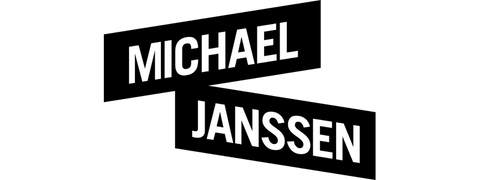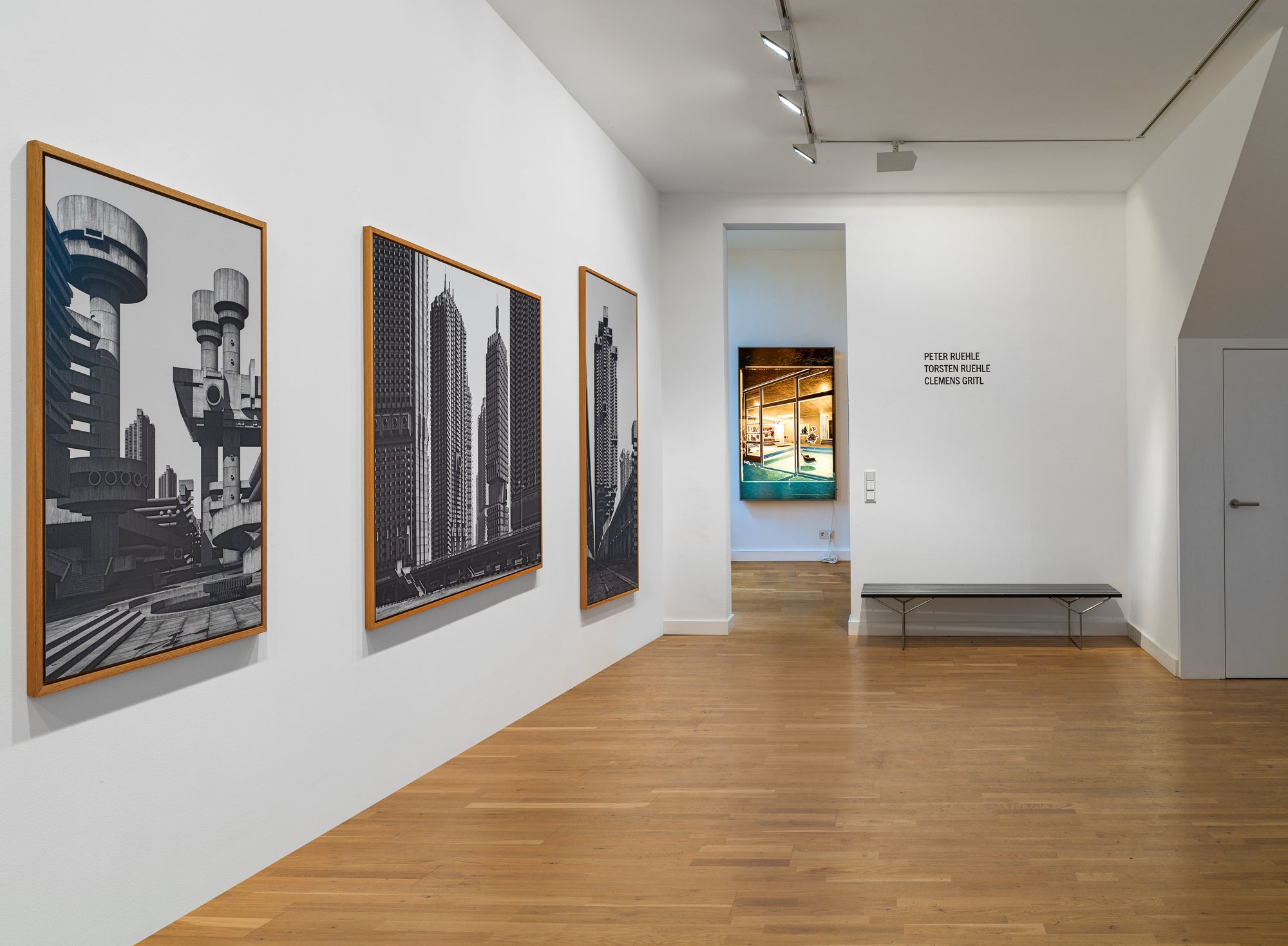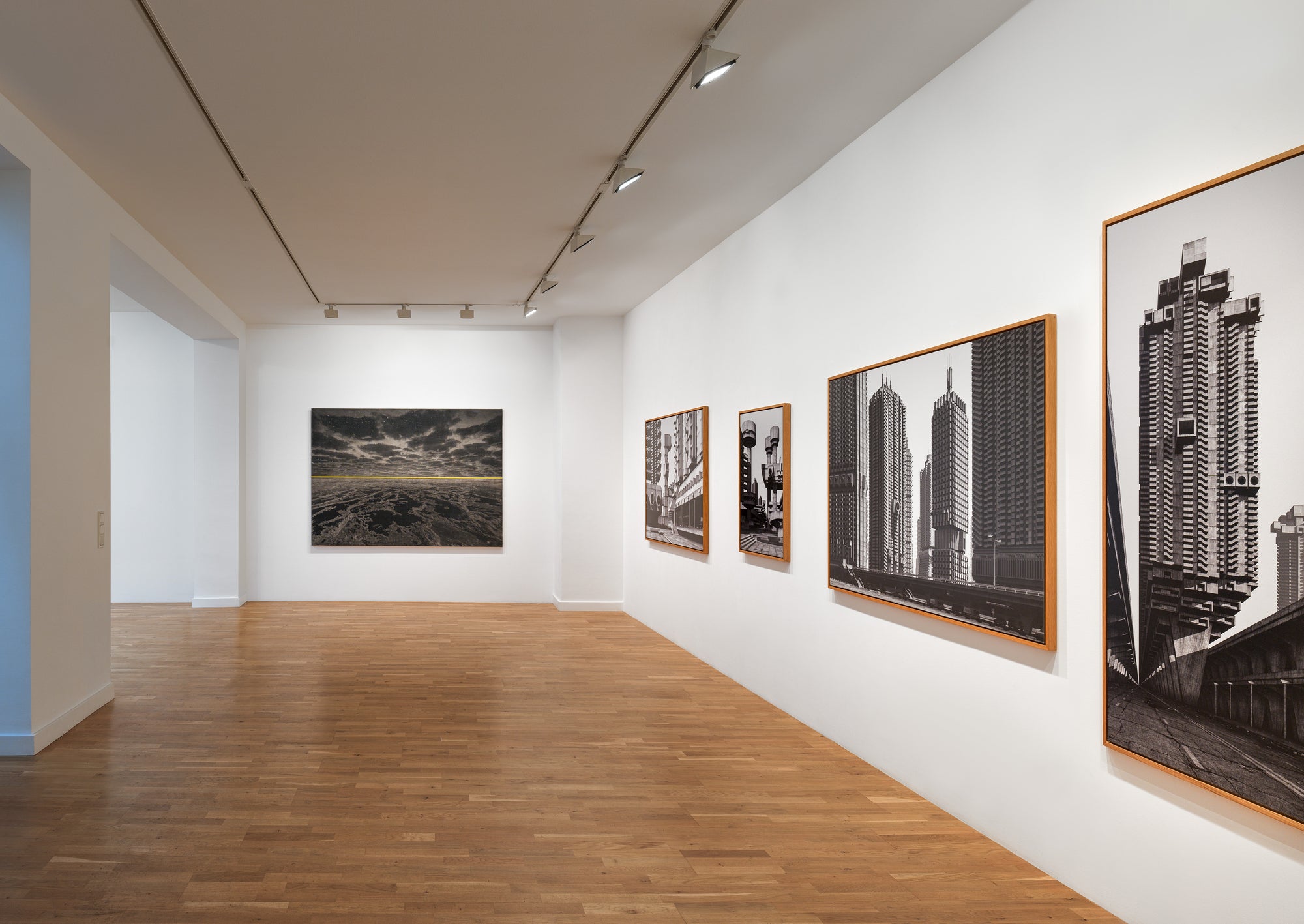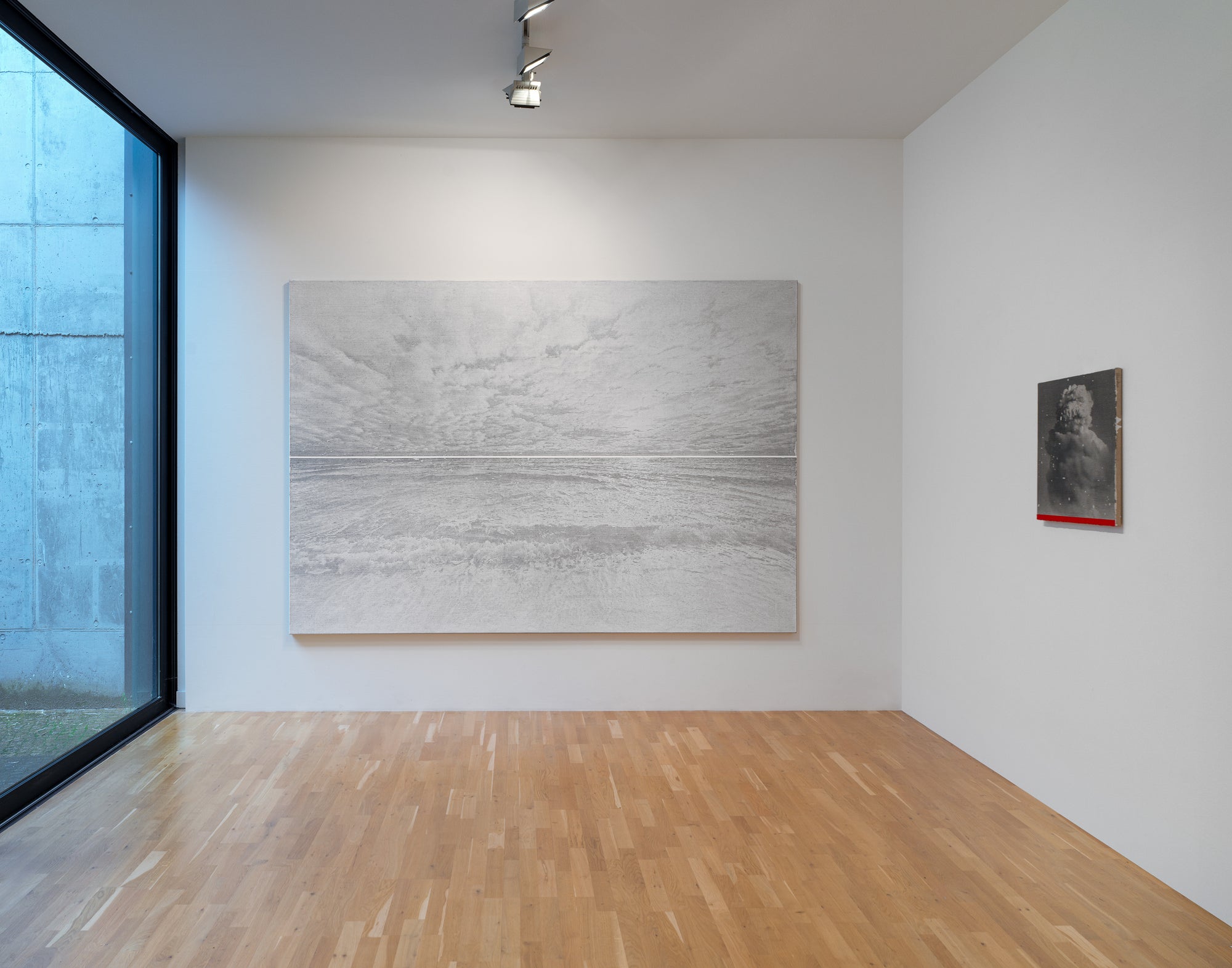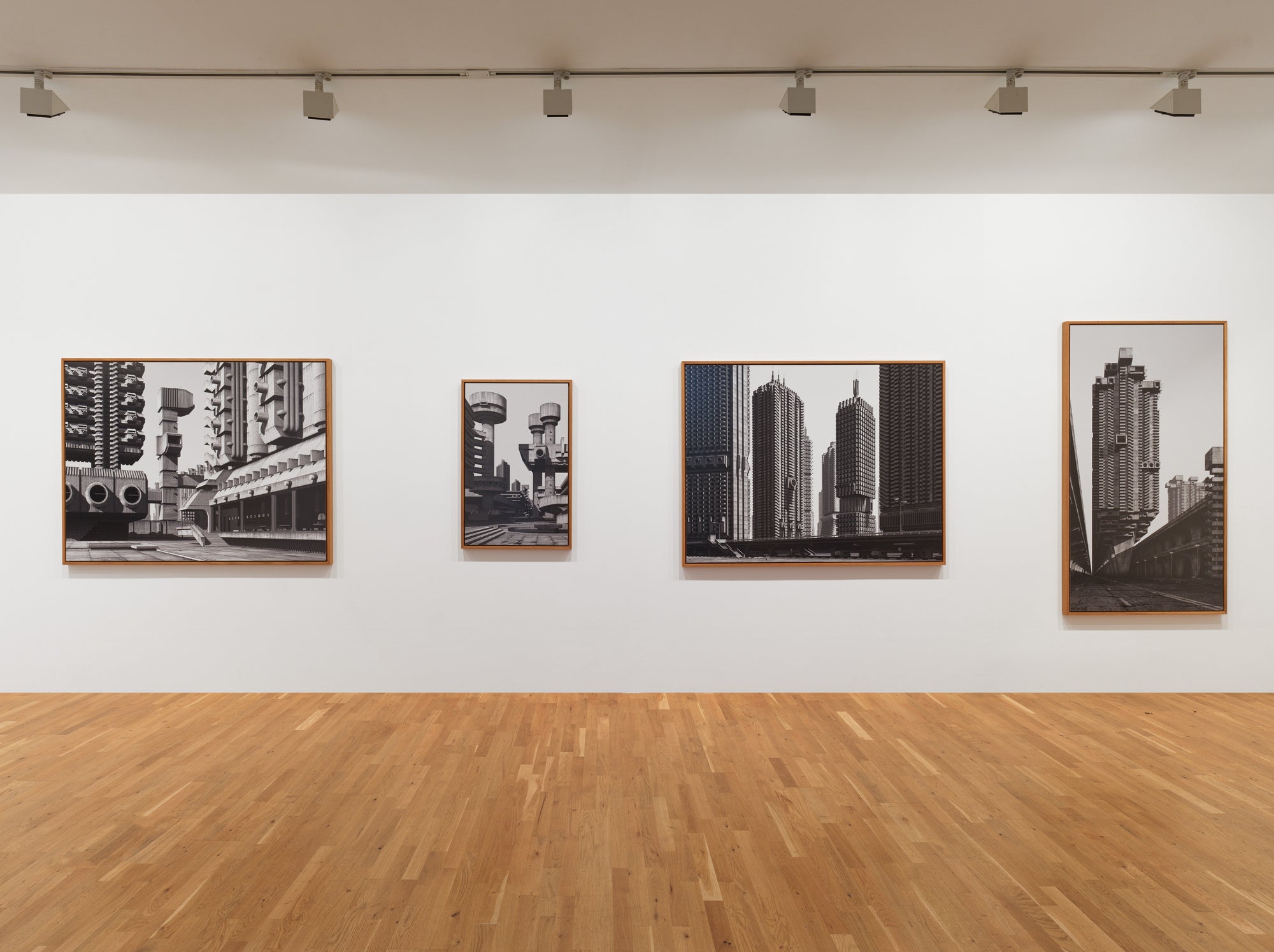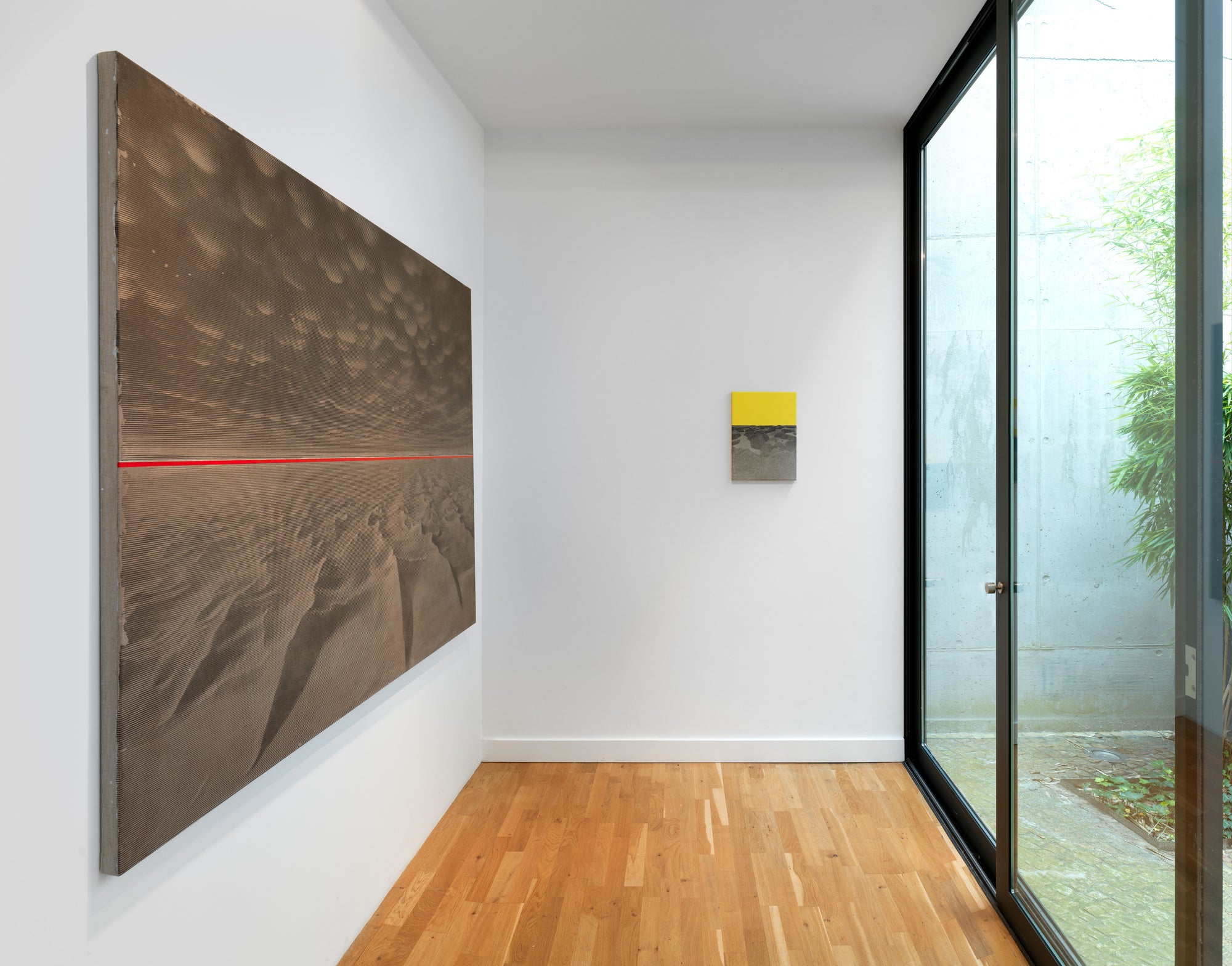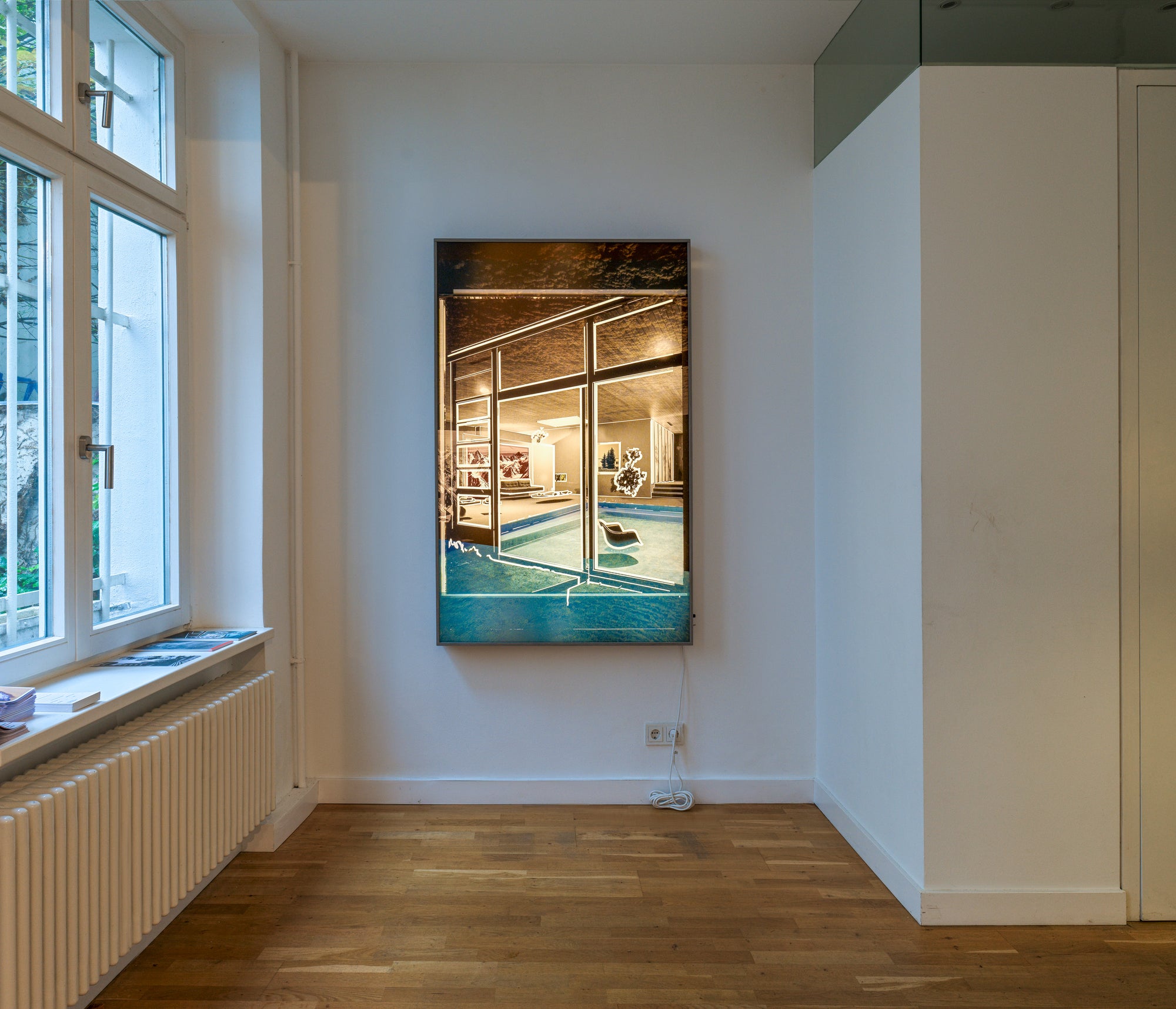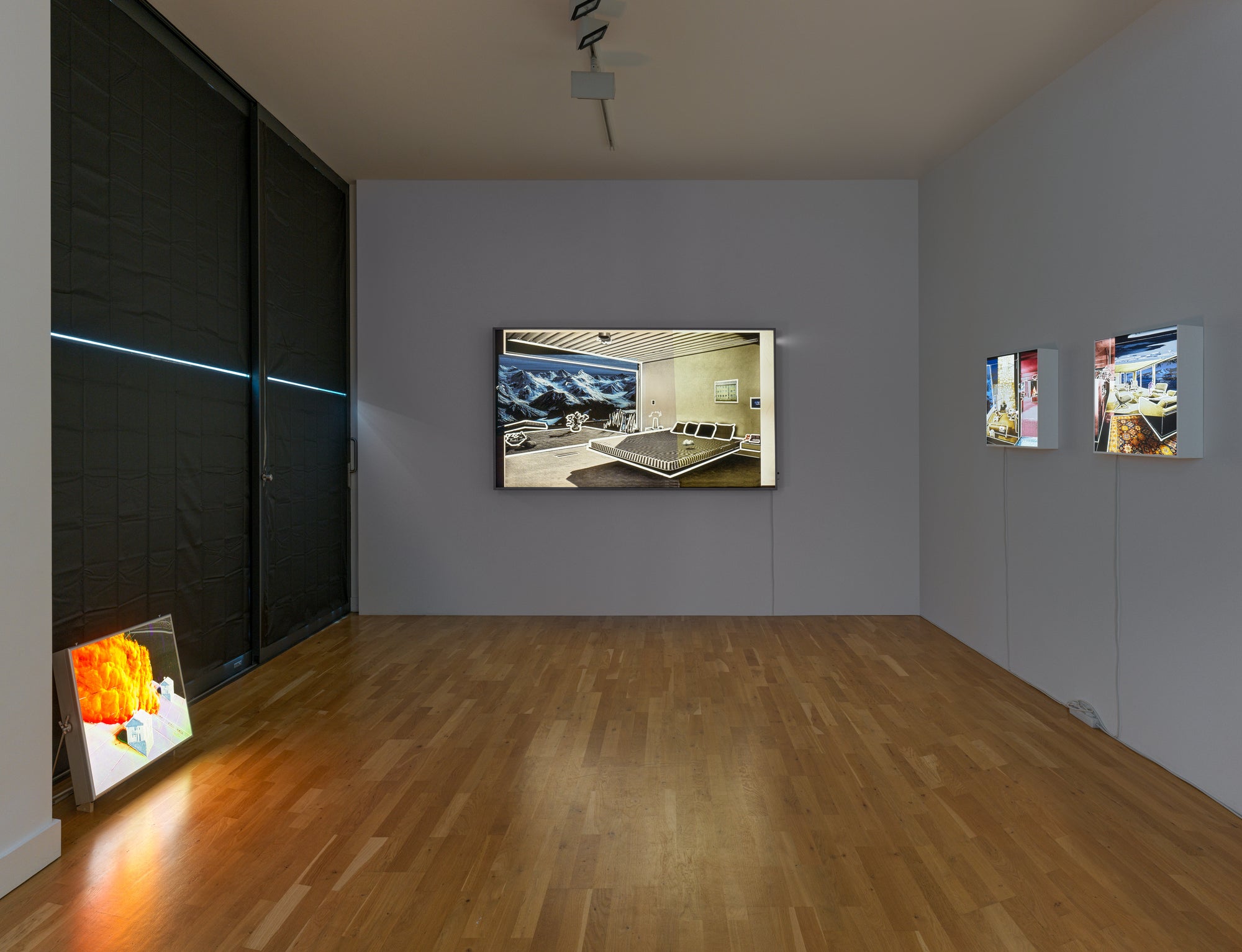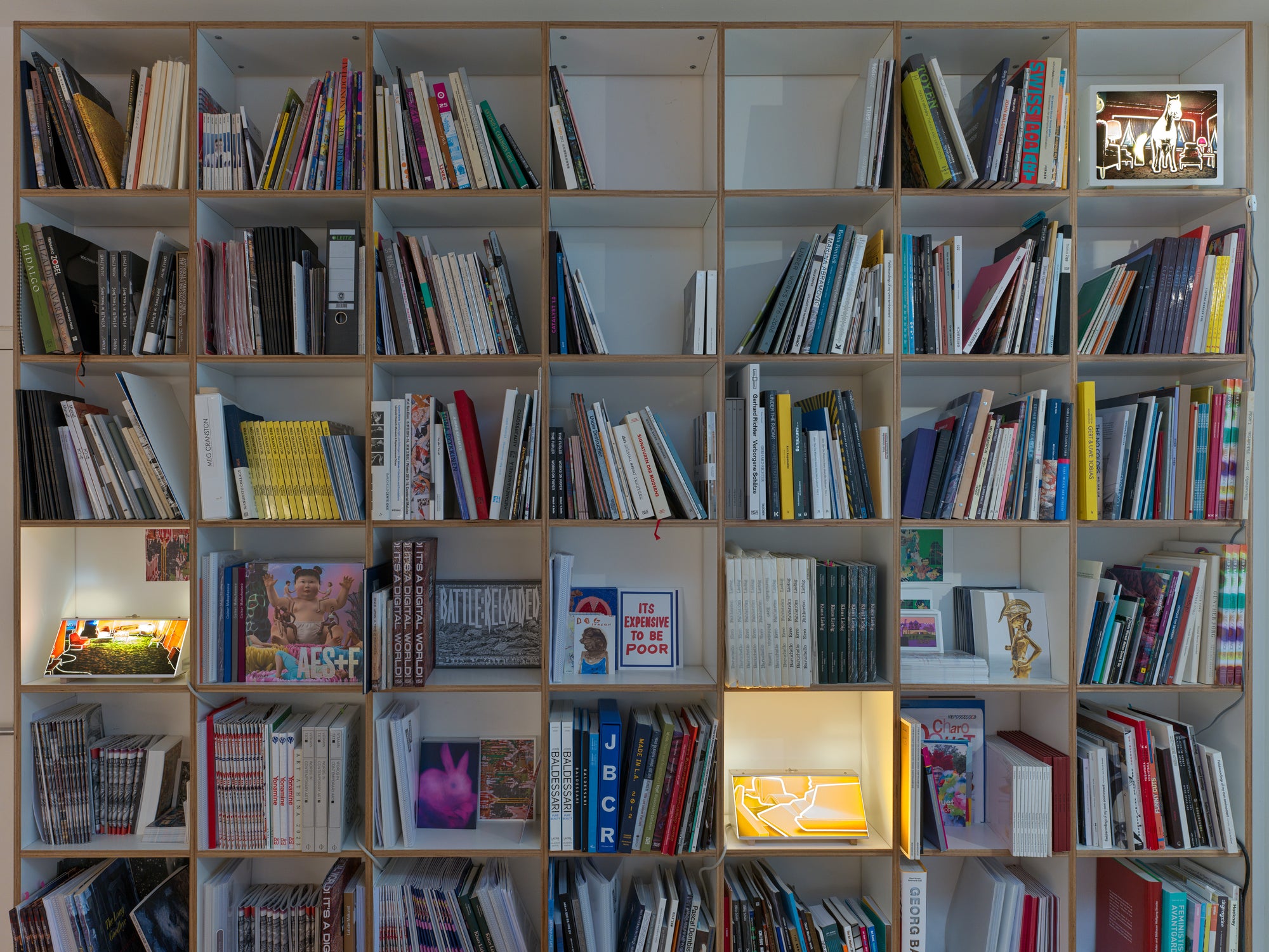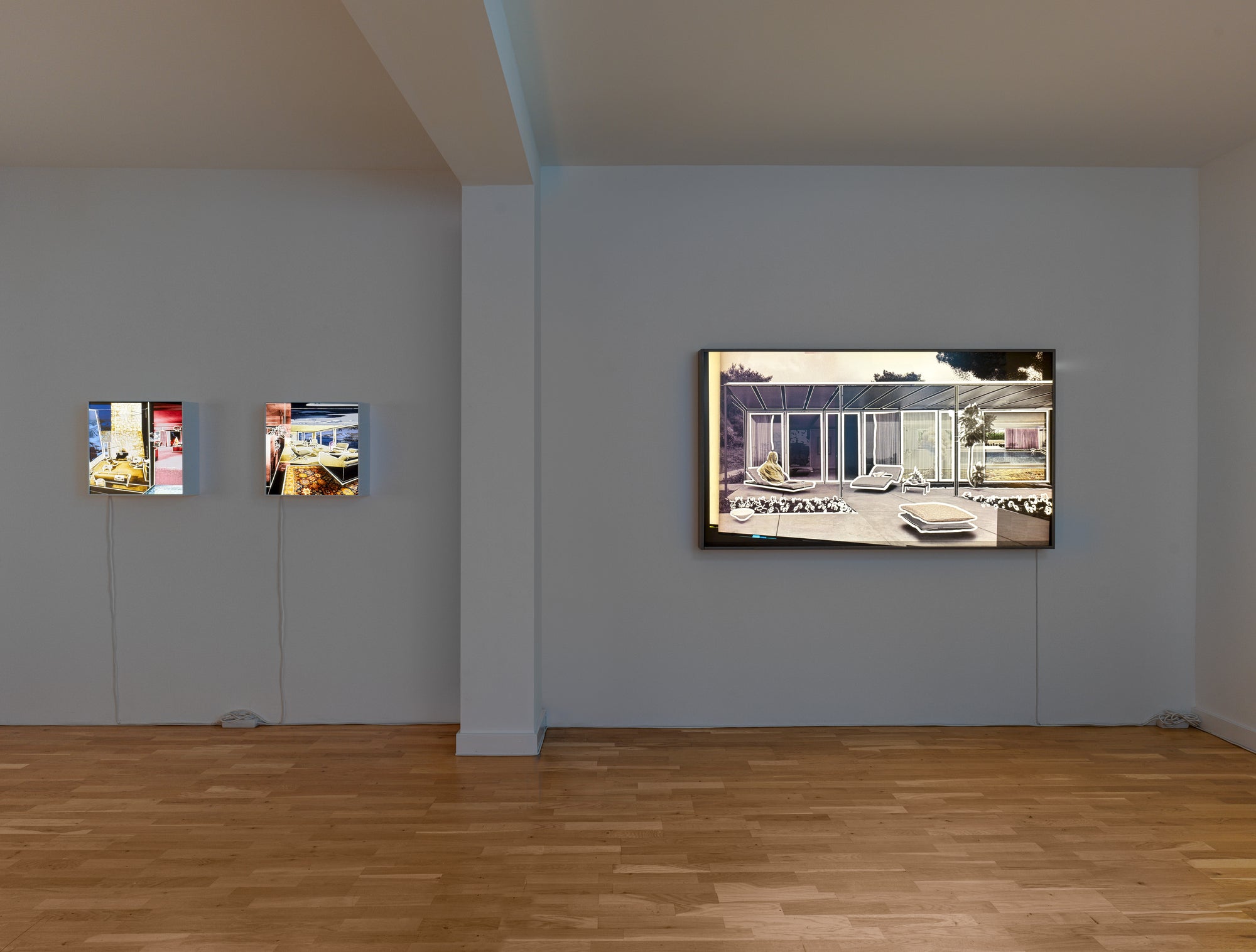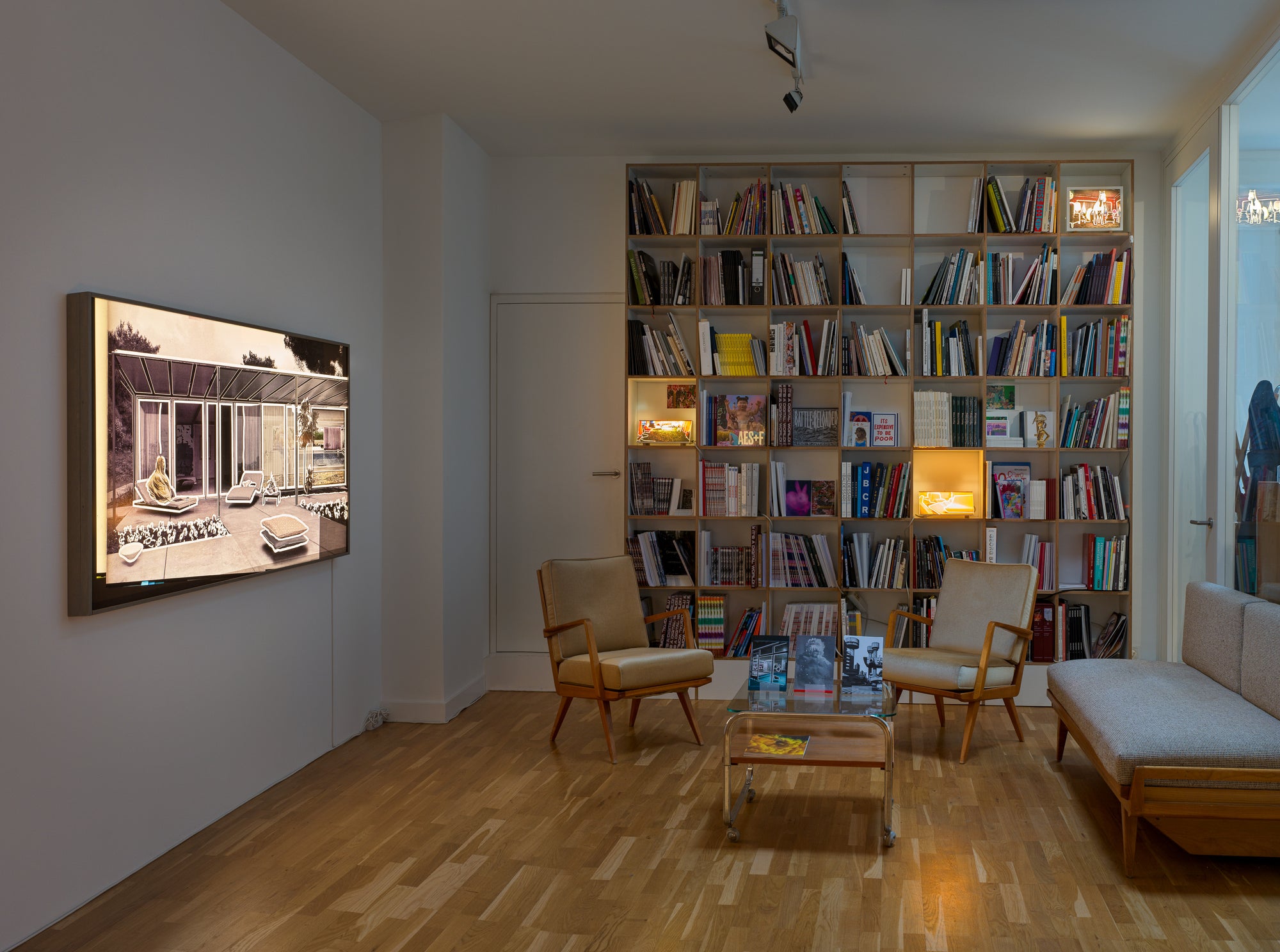Peter Ruehle, Torsten Ruehle, Clemens Gritl
11 July—30 August 2025
Opening: 11 July 2025, 6—9 pm
Galerie Michael Janssen
The exhibition is extended until 27 September 2025.
- Download: Press Release (PDF)
- Artist page: Peter Ruehle
- Artist page: Torsten Ruehle
- Artist page: Clemens Gritl
The gallery is pleased to announce the next show with Berlin based artists Peter Ruehle, Torsten Ruehle and Clemens Gritl.
In the European painting tradition, the land was rarely neutral. As art critic John Berger notes in Ways of Seeing, the landscape genre emerged alongside the rise of private property: to paint the land was to claim it. However, when landscape is stripped of its ideology, its historical function begins to come undone. No longer a stage for human action or interpretation, the environment asserts its own presence and becomes the protagonist. From the human to the spatial, from subject to setting, this shift in agency carries deep historical resonance.
In the space of the Michael Janssen Gallery, the works of the three artists — Clemens Gritl and brothers Peter and Torsten Ruehle— establish new forms of relationship with their surroundings through scale, pattern, and the use of perspective. In their speculative architectural imaginaries, the landscape embodies a spatial autonomy, untethered from the human gaze. The viewer no longer dominates the space: what emerges instead is a fictional territory that sees without being seen, that exists outside the structure of our perception.
Peter Ruehle’s liminal compositions evoke traditional ideas of landscape—the sky above, the land or sea below— only to destabilize it. The sceneries depicted are conceptual structures that play with the spectator‘s perception through the unconventional use of line. A bold horizon cutting through Ruehle’s monochromatic works distorts the panorama, intensifying the feeling of vastness and sublime detachment. Linear patterns superimposed over voluminous images of clouds create a tension between geometric abstraction and the softness of atmospheric forms. A radiant horizontal line slices through the image, so blinding that the surrounding landscape collapses into darkness— like a photograph taken against the sun, form and detail consumed by light. The composition closes in claustrophobically, and the landscape unfolds as a metaphysical space, resisting taming by the viewer’s gaze.
In dialogue with the multidimensional spatiality of his twin brother, Torsten Ruehle uses line and light to create a different kind of atmosphere. His illuminated boxes project domestic settings emptied of human presence. In these stylishly furnished interiors, people seem to have vanished the instant before we glance at the work: expensive carpets bear the trace of fine shoes, the velvet fabric of a sofa retains the warmth of a body and the faint scent of perfume, and the glass walls reflect the echo of conversations. The boldly contoured objects emphasize the ghostly nature of these settings. Left to themselves, these modernist artefacts are no longer instrumentalized by function. They become an ambient archive, tracing isolated fragments of a landscape that seems to remember something no one else does.
The speculative architecture of Clemens Gritl’s AI-manipulated sceneries also rejects the ideology of the sovereign human subject. Rendered in raw, exposed concrete, the monochromatic grayscale enhances the sense of dehumanization through ominous visions of a post-human future or an authoritarian past. Gritl’s brutalist dystopia is also dominated by the line: his digital scaffolds erect disturbing architectural possibilities for urban science fiction scenarios. Pipes, ducts, and ventilation grids emphasize the industrial character of this ambiguous temporality, where the idealistic project of egalitarian design has ultimately been transformed into yet another tool of standardization, control, and oppression—executed through architecture itself. The monumental corporeality of these megastructures dwarfs the human, while their abandoned, empty surroundings suggest a world in which architecture has outlived its society. These structures appear built not for people, but for the abstract idea of power.
These different visions of worlds deprived of humanity—not humanity as a moral quality, but as a dominant species—reveal something unsettling about our own world, which grows more dystopian by the day. The landscapes depicted in the works of Peter and Torsten Ruehle and Clemens Gritl confront the viewer with a sense of alien continuity—a temporal dissonance in which space endures, mutates, and forgets us. It’s not just that the human gaze no longer reigns here; the surroundings, now the central figures of the works, no longer need us.
Text by Karina Abdusalamova
Captions:
Peter Ruehle, Torsten Ruehle, Clemens Gritl, Installation views, 2025, Galerie Michael Janssen, Berlin
